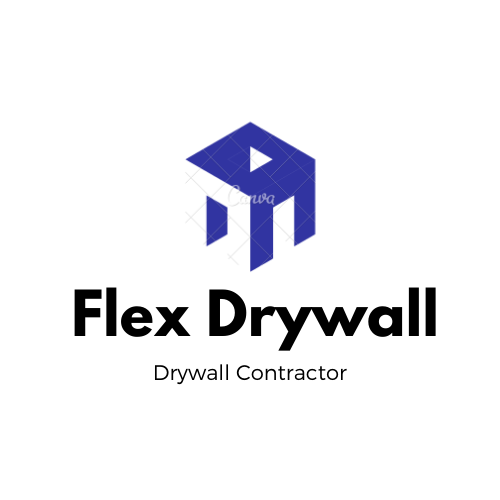Well, you always have the option of leaving it just as it was installed, but the problem with going down this route is that it will likely deteriorate over time, just like bare wood would. Mold will grow over time since there’s no protective coating against moisture thus allowing for the absorption of water. It is simply paper over a porous white rock base.
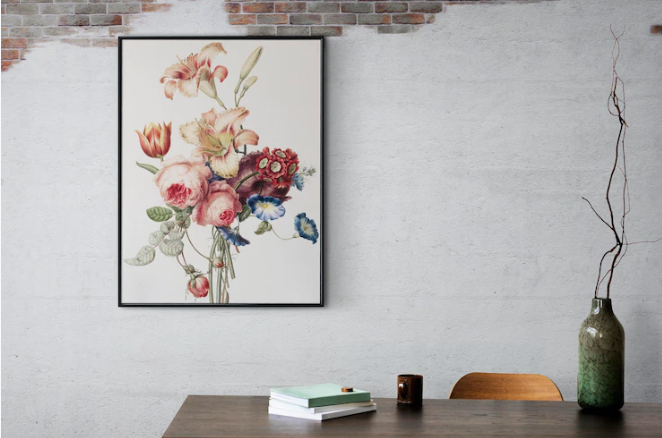
How Long Should You Wait Before Painting Drywall?
Joint compound should ideally be left to dry for at least 24 hours between coats and before sanding, priming, or painting.
How Long Can You Leave Plasterboard Unpainted?
Plasterboard takes an average of 2 to 3 days to dry once installed, while backing plaster takes anywhere from 4 to 6 days. No matter the material you have used, you should generally wait for at least 1 week before you paint plaster. It may take up to 1 month for the fresh plaster to dry completely.
Should Drywall Behind Cabinets Be Painted?
Yes. It is important to prime the entire surface. Priming/sealing helps prevent the penetration of moisture and vapors from the air into your drywall. If you fail to seal the entire surface, penetration can still happen, even though it is behind cabinets. It might not be significant, but it can still happen.
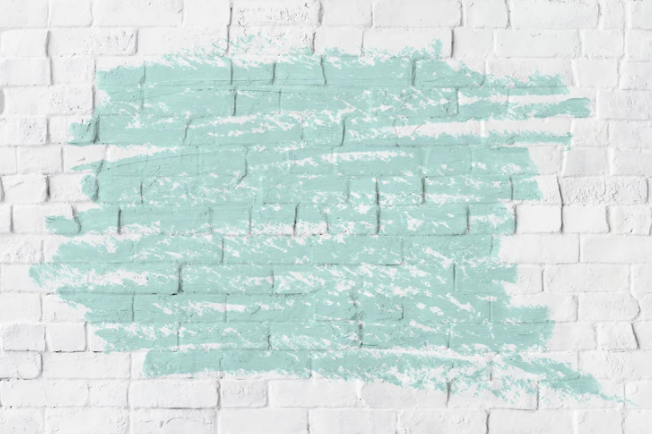

Can You Paint on Drywall Directly?
Once you have finished hanging drywall and all the seams are taped and finished, 2 coats of paint are needed to give the wall its final appearance. However, before applying those, it is important to seal the mud and drywall with primer. Self-priming wall paint can produce acceptable results.
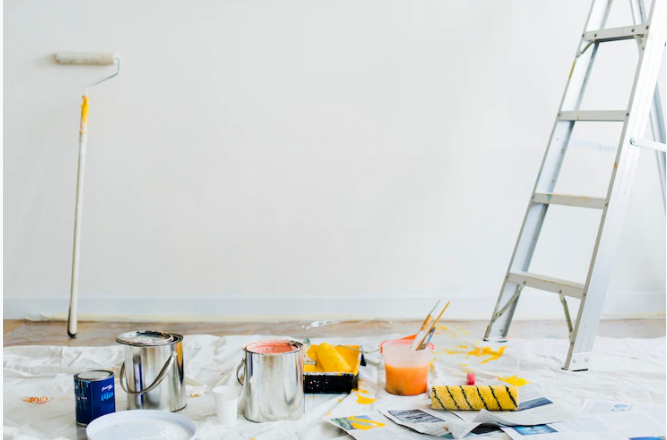
How Many Times Can Drywall be Painted?
If you would like to have an updated space, drywall painting is something that you can do often to change your home decors. For regular painting, you can do it every 5 to 7 years.
How Many Coats of Paint Are Needed to Cover Drywall?
Now that your wall is patched, primed, and sanded, you are now ready to paint. To ensure the best results, apply 2 coats of colored paint and wait at least 24 hours between coats. If you paint over the first coat too soon, paint won’t adhere properly and may bubble or peel.
How Should You Get Rid of Drywall Dust Before You Paint?
You should vacuum the wall using a brush attachment to remove the drywall dust. As you vacuum your walls and use a microfiber cloth to wipe them down, you can push piles of dust onto the floor, close to the baseboard. Ensure that you vacuum the dust before you start painting; otherwise, it may become airborne thus ruining your smoothly painted wall.
Do You Have to Paint Joint Compound?
Joint compound requires preparation prior to painting. Joint compound fills and repairs seams and nail holes in drywall. Joint compound can also be used for repairing cracked or damaged walls. You can use a putty knife or trowel to apply joint compound and let it dry before you apply a second coat.
Can You Paint Right Over Joint Compound?
The best drywall installers first use joint compound to patch cracks and fill holes before they paint. If you paint over patched areas directly, the compound will end up sucking the moisture out of the paint. The spots will also look noticeably different than the rest of the wall.
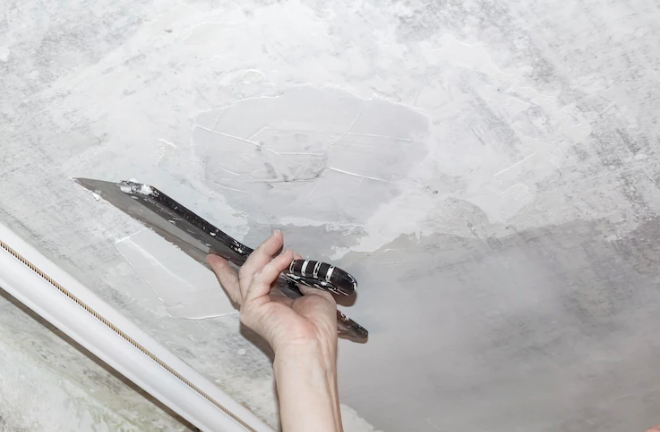
How Soon Can You Prime New Drywall?
You can safely prime new drywall once it is solid to the touch and not soft. Many forms of plaster require 30 days or more, depending on the thickness, lime content, etc. It can be as soon as a few hours, but if heavier fills are involved, it can be the next day.
Can Primer Hide Imperfections in Drywall?
A superior quality (thicker) drywall primer will completely cover them up. Porosity will be equalized. Drywall primer soaks into paper, mud, and scuffed paper – areas of varying porosity – and creates a uniform surface that the finish paint can adhere to.
How Can You Hide Imperfections in the Drywall?
You can use the paint ragging technique to hide flaws and imperfections in the drywall. Once the repairs are done, use a roller to add a primer coat to the wall. After the wall is dry apply a base coat by roller and then a glaze coat onto the walls for a soft cloth-like effect.
How Can You Finish Drywall Without Sanding?
You can finish drywall without the need to first sand the surface. If you use a rubber float or a knife, it is possible to smooth down the wall so that it looks like it has been sanded. However, it takes time to do the job right.
Do You Prime Drywall Before Texture?
If you want, you could prime your drywall before texture, but this is an unnecessary step since the fresh bare drywall is the ideal surface to accept texture as it is. Simply brush down the surfaces using your hand or a dust brush beforehand to get rid of as much of the surface dust as possible.
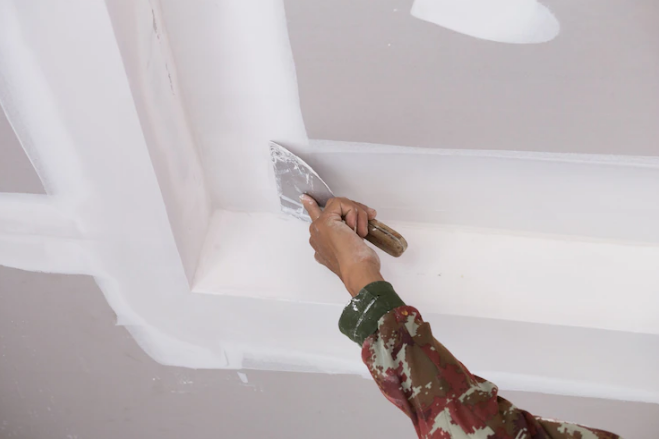
What Happens Should You Fail to Apply Primer to Drywall?
If you don’t apply primer to your drywall, waterborne paints will unevenly soak into the porous material thus creating noticeable patches and rough areas. The effect will be more noticeable on seams as well as fastener heads that are covered with joint compound since the material is actually more porous than drywall paper.
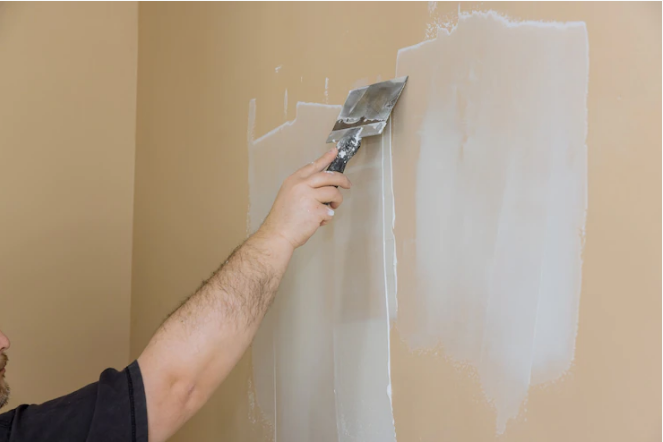
What Happens Should You Not Prime Your Drywall Prior to Painting?
Drywall primer has a glue-like base that allows the paint to adhere properly. If you don’t prime it, you risk having paint that peels, especially in humid conditions. Furthermore, the lack of adhesion could make it harder to clean months after the paint has dried.
Is Paint and Primer in One a Good Option?
Overall, paint and primer in one can be a decent option for interior walls that are well maintained, clean, and have been previously sealed. It works best for subtle color changes or painting a darker color over a lighter one.
Is Exposed Drywall Dangerous?
Over time, inhaling the dust from drywall can lead to persistent irritation of the throat and airway, difficulty breathing, coughing, and the production of phlegm. Workers with respiratory or sinus conditions or those who smoke may risk even worse health issues.
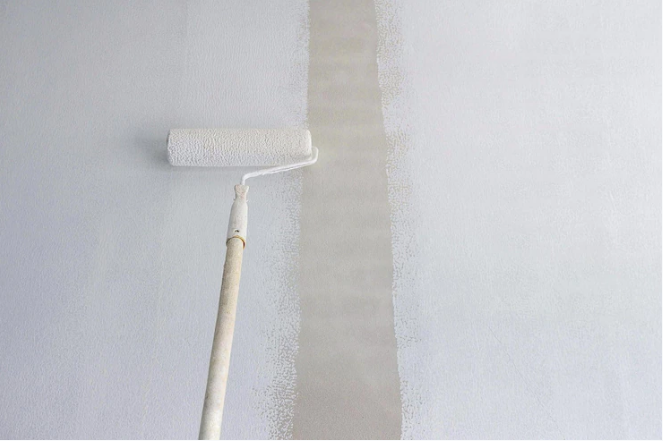
What’s Are the Differences Between Sheetrock & Drywall?
Drywall is a flat panel made of gypsum plaster that’s sandwiched between 2 sheets of thick paper. It adheres to wood or metal studs using screws or nails. Sheetrock, on the other hand, is a specific drywall sheet brand. The terms are often used interchangeably. Installing sheetrocks and drywalls can help protecting the areas that remains wet most of the times.
What’s the Average Cost of Hanging and Finishing Drywall?
Professionals usually charge around $1,800, on average, to hang drywall. You can expect low-end jobs to cost about $450 and high-end jobs such as mall drywall repair and installation can easily reach $5,000 or more. That means, you can expect to pay anywhere from $1 to $3 per square foot for materials and labor for the average project.
For all your drywall related needs, contact Flex Drywall Repair, Herndon,VA at (703) 910-3540
